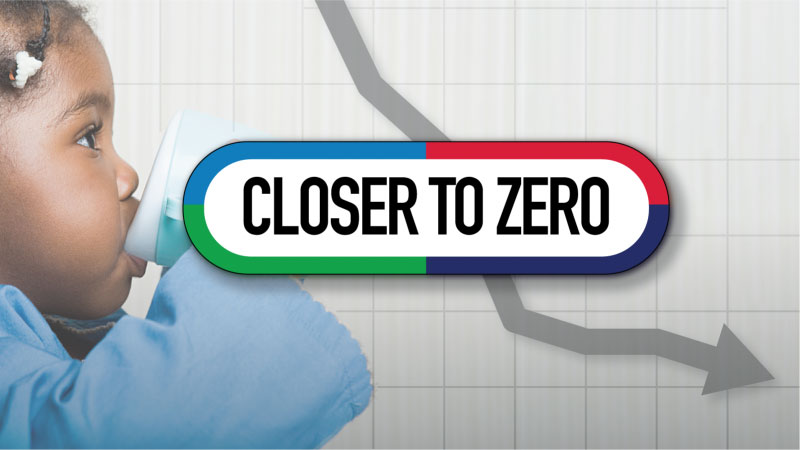 FDA action plan for baby foods
FDA action plan for baby foods
Nov 19, 2021
WASHINGTON, DC – Yesterday, the U.S. Food & Drug Administration (FDA) held a public meeting on their “Closer-to-Zero” initiative to identify actions the agency will take to reduce exposure to toxic elements from foods eaten by babies and young children. The meeting focused on the impact of toxic element exposures at different crucial developmental stages for babies and young children based on the interaction of nutrients in the foods they eat with contaminants such as lead, arsenic, cadmium, and mercury.
FDA’s Dr. Susan Mayne, director of the Center for Food Safety and Applied Nutrition, told the audience “significant progress has been made in reducing exposure to lead and arsenic in food” but went on to say that there are practical constraints to how low these levels can be and cautioned against eliminating nutritious foods people rely on. Mayne has appeared several times before the USA Rice Board to discuss the industry’s efforts to reduce arsenic levels in rice.
USA Rice President & CEO Betsy Ward spoke at the public meeting sharing the efforts the rice industry has taken to reduce inorganic arsenic in infant rice cereal, but also highlighting the disparity that exists between rice and other baby food ingredients.
“Rice is the only ingredient in baby food that already has an FDA action level on contaminants, specifically arsenic, despite rice being just one of many foods we feed our nation’s children,” said Ward. “The overwhelming majority of U.S.-grown rice, and certainly all rice used in infant cereals has met the levels set by FDA so that rice can continue to be used as a healthy ingredient in infant cereal.”
She pointed out that the lack of attention to other ingredients used in infant foods creates serious difficulties for the rice industry, resulting in product recalls and hesitancy or refusal of some manufacturers to use rice as an ingredient, even though the rice being used tests below the FDA action level.
In her testimony, Ward concluded: “USA Rice supports FDA’s ‘Closer to Zero’ initiative, and in particular, the agency’s reliance on scientifically rigorous data collection and analysis to drive regulatory decisions. However, unless and until other ingredients used in baby food have action levels established for any contaminants they may contain, USA Rice encourages FDA to shift its focus from end-product testing that tells an incomplete picture, to ingredient testing.”
This was FDA’s first “Closer to Zero” action plan meeting to get stakeholder input regarding the plan's scope.